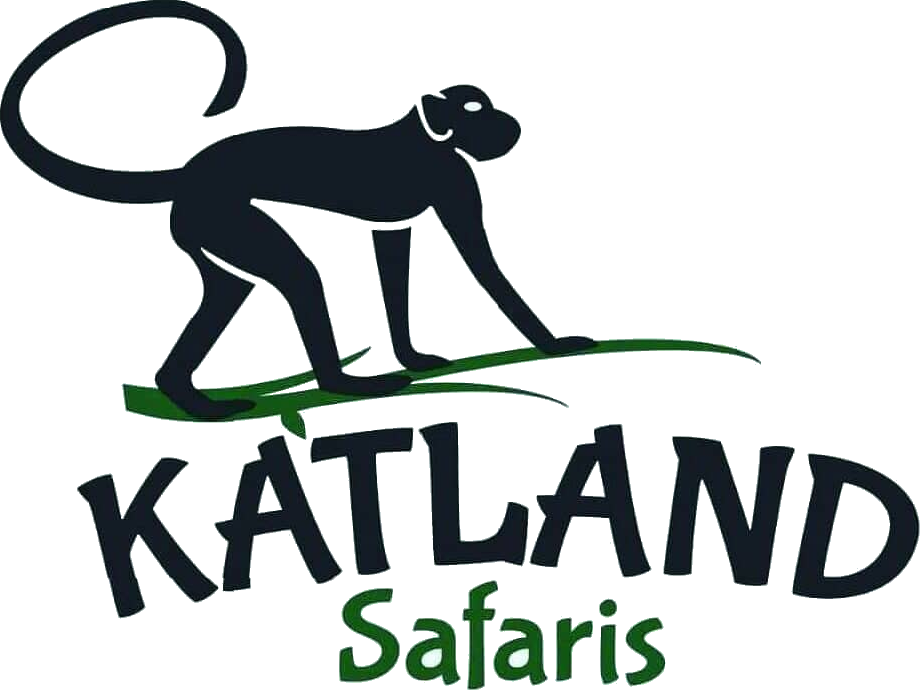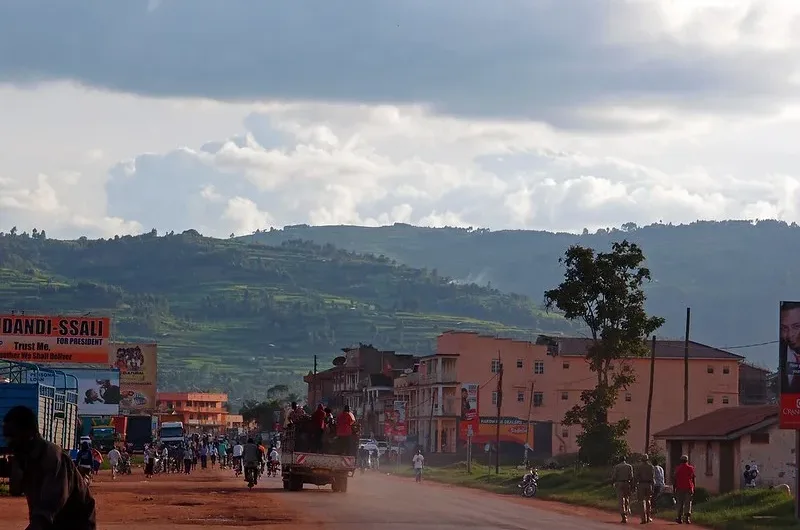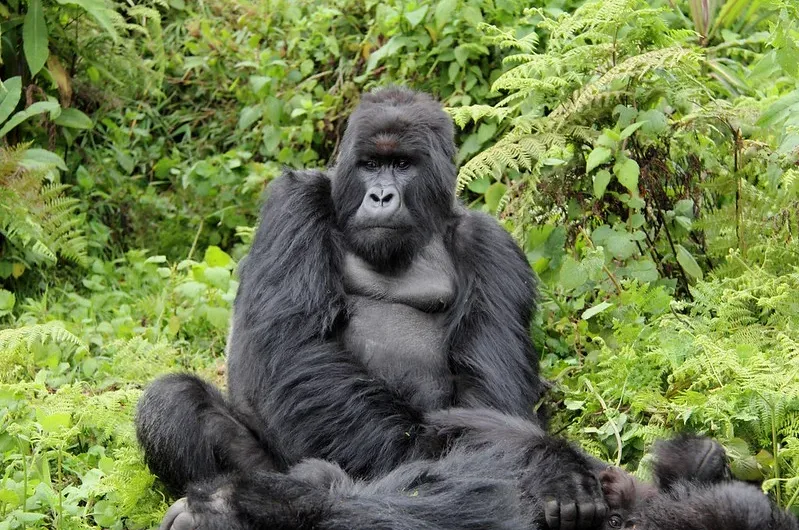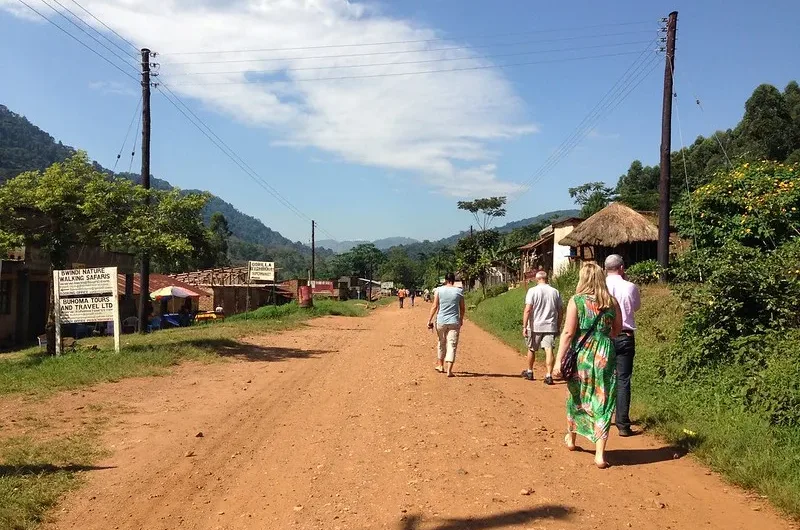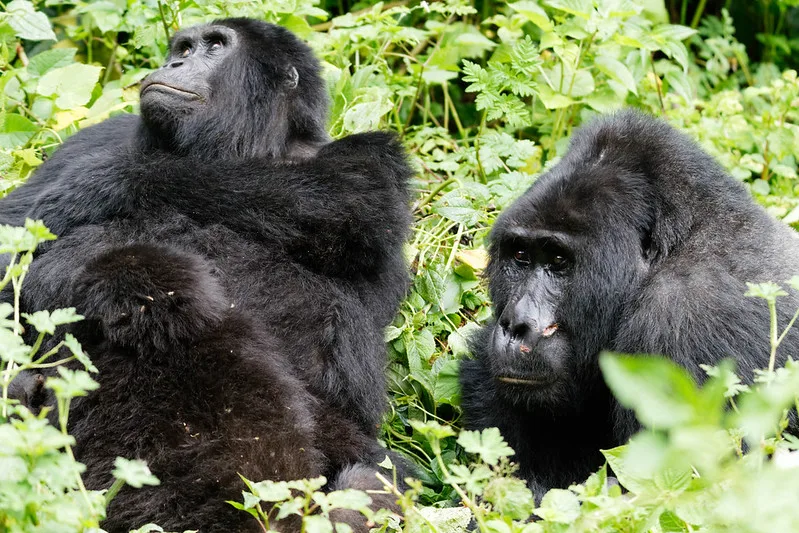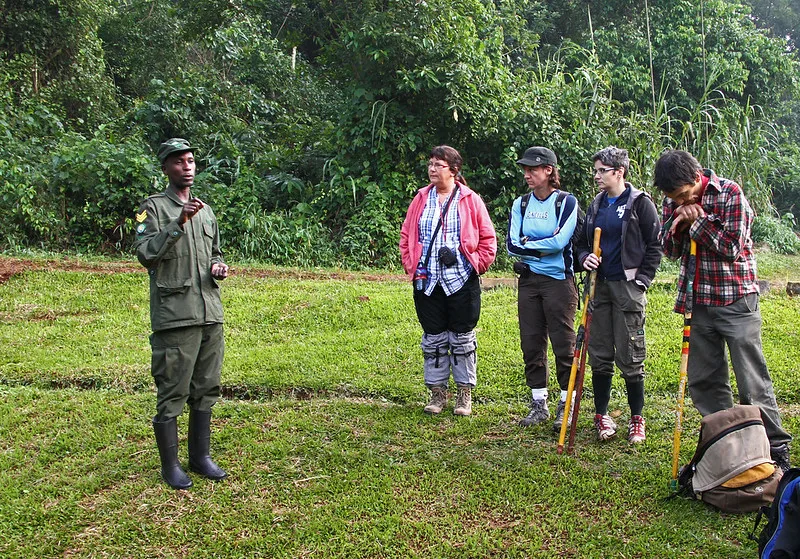Things to do from Mbarara town
From Mbarara town and Katland safaris, glad to be doing tours, safaris and excursions from Mbarara towns to other visitors places in and around Mbarara town, there are many things to do. Among the earliest emerging towns in western Uganda is Mbarara.
Its travel from Kampala to Bwindi impenetrable National Park takes around four hours. Mbarara has developed to attract large businesses, companies, and institutions as well. Most of the employees of these companies at one point or another might have questions about what to do while in Mbarara.
Things to do in Mbarara town.
From Mbarara Town, taking a guided tour of sites around Mbarara Town, driving to Lake Mburo for game drives and boat cruises, to Queen Elizabeth National Park for game drives and boat cruises, to Bwindi impenetrable National Park for gorilla trekking, birding and forest walks, to Mgahinga National Park for golden monkey as well as Batwa experience. One could decide to kayak Lake Bunyonyi.
Mbarara to Bwindi Impenetrable National Park for gorilla trekking
Among activities from Mbarara are bwindi gorilla trekking trips. From Mbarara town, one may arrange a 2- or 3-day gorilla trip to Bwindi impenetrable National Park. From Mbarara to the east and southern section of Bwindi Impenetrable National Park, Katland safaris run gorilla excursions as stated before.
When contacted, we will investigate availability of all services including gorilla permits, lodging as well as cars for travel to and from Mbarara to Bwindi. We will inform you and advise on payment whenever we have available. We will confirm to you appropriately and lock all services for your gorilla trip after payment is done. We will purchase your gorilla permits and deliver scanned documents for your records and review.
You will be collected and transported to Bwindi impenetrable National Park on safaris. There you will stay two nights and three days with options to view gorillas for one hour or engage in gorilla habituation experience, which spans up to four hours. Third day will get you back to Mbarara. Please get in touch with us for more information about our three-day gorilla trip from Mbarara including costs; we will then be able to provide a quotation.
Go boat ride and game drive in Lake Mburo National Park.
One of the things to do from Mbarara is a trip to the adjacent Lake Mburo National Park. Just 45 minutes from Mbarara, once might choose a one-day trip, two days or up to three days. Game drives and a boat tour on the lake are hallmarks of Lake Mburo National Park.
You will get a chance to see giraffes, zebras, impalas, and if luck favors leopards and so much more on a game drive. Small yet with plenty of wildlife to view is Lake Mburo National Park. On your way to Lake Mburo National Park, you will probably run into the Hima with their Ankole long-horned cattle and be allowed to stop and snap pictures with permission.
Travel from Mbarara to Lake Mburo National Park will be arranged by Katland safaris. Meals, all park fees, game drives, a boat excursion on the lake will all be part of your package. For more information regarding activities from Mbarara town to Lake Mburo National Park, call Katland Safaris.
Activities in Queen Elizabeth National Park from Mbarara town
Among the larger National Parks in western Uganda is Queen Elizabeth National Park. For wildlife drives, boat cruises, and the well-liked tree-climbing lions, it is among the most often considered locations. Should you schedule a safari from Mbarara to Queen Elizabeth National Park, we will collect you and take you to the park with pauses at Bunyaruguru to capture tea farms, crater lakes, and so much more.
You will have several game drives in the north (Mweya) and a boat tour on Kazinga Channel while in Queen Elizabeth National Park and depending on the time at your disposal. Ishasha, famously renowned for its tree-climbing lions and amazing wildlife drives, situated down south of Queen Elizabeth National Park.
Among activities available at Queen Elizabeth National Park are treks through forests and gorges. You could also choose to see Lake Katwe, where the residents harvest salt from the lake and show you how they coexist peacefully with animals in Queen Elizabeth National Park.
Mbarara toward Mountains Rwenzori for treking
The biggest non-volcanic mountains in Africa are Rwenzori mountain ranges. Among the rare mountains with ice snow caps are this one. From Mbarara town, Rwenzori mountain is the greatest place for individuals who like mountain climbing.
After that hand you over to Rwenzori trekking services or Rwenzori mountaineering services for your trip. Katland safaris will organize your transportation to and from the beginning point of your journey. You might decide to go all the way to the top or conduct shorter treks. For more information on Rwenzori trekking from Mbarara town, contact Katland Safaris.
Go Chimp Trekking in Kibale National Park.
One additional thing to do from Mbarara town is a trip to Kibale National Park. Located in western Uganda, Kibale National Park may be reached via Mbarara via Ibanda, then on Kamwengye. You will have chance to explore in the bush, see birds, and see chimpanzees in Kibale National Park.
You might decide between chimpanzee habituation or ordinary hiking. From travel, lodging, park access fees and permits, Katland Safaris will take care of all your safari needs. Please feel free to email or call us.
Among the three volcanoes of Mgahinga, Muhavura and or Sabinyo, another activity near Mbarara is a visit to Mgahinga National Park for gorilla trekking or golden monkey climbing. Among other things, you may also go kayaking and touring at Lake Bunyonyi or Mutanda.
Why would one book with Katland Safaris?
For Rwanda and Uganda, one of most reliable trip companies is Katland safaris Regarding tours and safaris to Uganda and Rwanda, we give accurate information. We will help you plan your safari from Mbarara to all the places as described using a youthful and driven team of office and field staff members.
Award-winning tour operator Katland safaris just obtained a certificate of excellence from Trip advisor. On travel advice as well as safari reservations, we are highly recommended.
